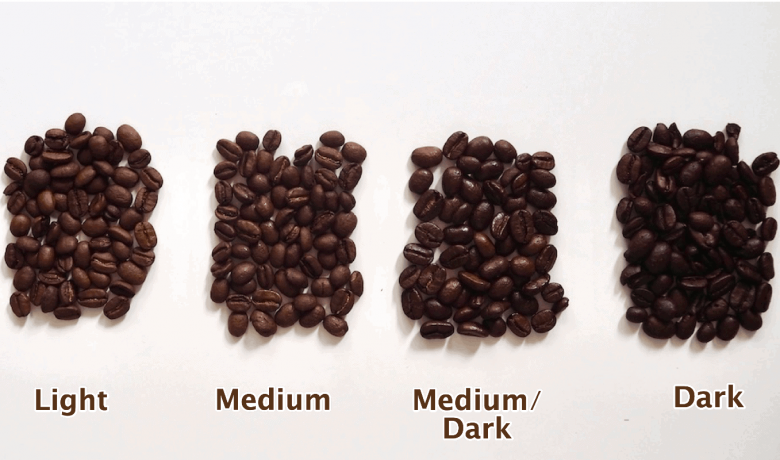Coffee Basics: The 4 Types of Coffee Bean Roasting You Need to Know
If you’ve ever found yourself overwhelmed in the supermarket’s coffee aisle, you’re not alone. City roast, French roast, Vienna roast, cinnamon-flavored—there are hundreds of varieties and nearly as many roasting styles!
While the beans themselves are crucial, much of a coffee’s aroma and flavor come from the roasting process. The duration of this process can influence numerous factors like richness, acidity, and taste. To help broaden your understanding of coffee, we’ve put together this handy guide on the four primary types of coffee roasts.
The four main types are light roast, medium roast, medium-dark roast, and dark roast. Each level offers distinct aromas, appearances, and flavors. Read on to discover everything there is to know about coffee roasting!
Light Roast Type
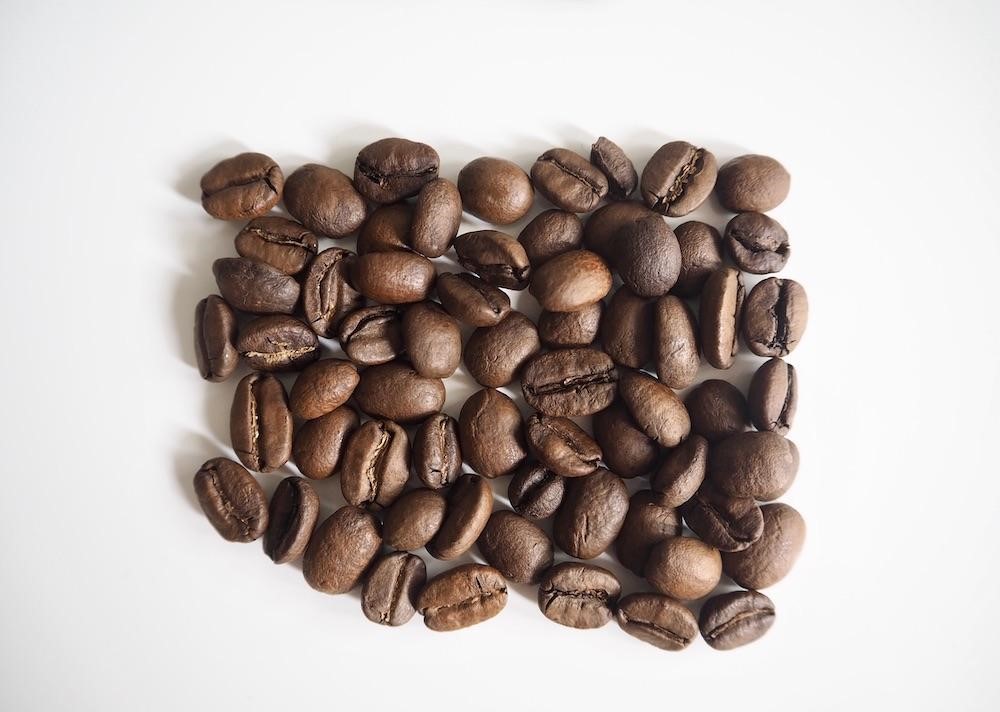
Common Names: New England, Half City, Cinnamon
Light roast coffee has the shortest roasting time. These beans typically reach 180℃ right after the first crack occurs and often lack oil on their surface because they haven’t been roasted at high enough temperatures.
The longer coffee beans are roasted, the more heat reduces their caffeine and acidity levels. Therefore, light roasts contain the highest caffeine and acidity content. Due to the shorter roasting time, light roasts can exhibit a variety of flavors as fewer chemical changes occur within the beans. The original taste of the beans is more discernible in light roasts since flavors developed during roasting are less pronounced. The acidity in light roasts often carries citrus or lemon notes, which many people find appealing.
Medium Roast Varieties
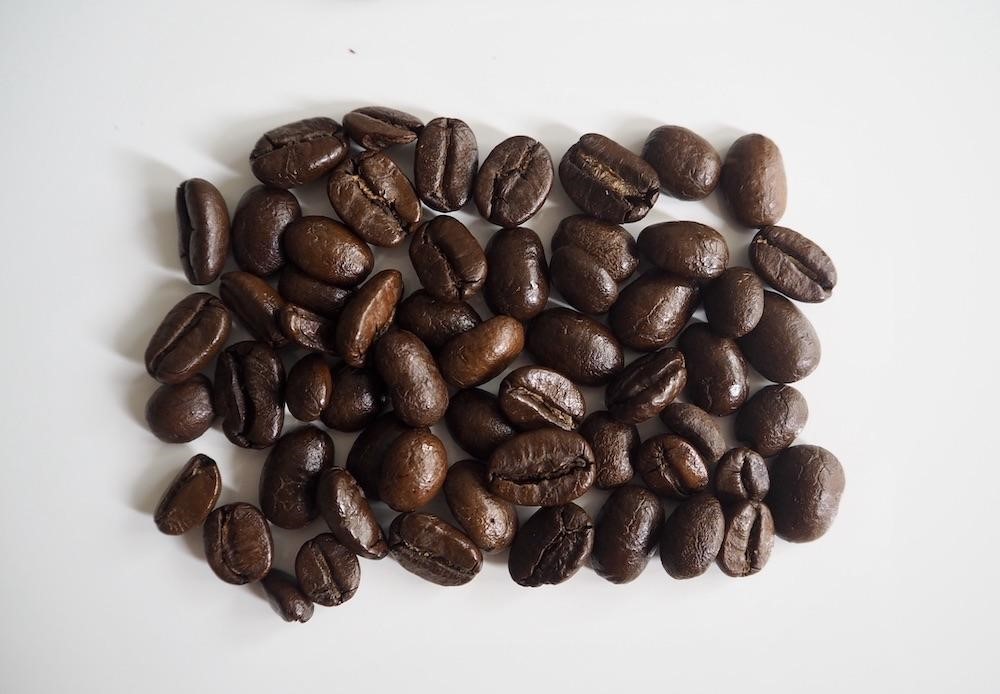
Common Names: City, Regular, American-style
Medium roast coffee reaches an internal temperature between 210°C and 220°C (410°F to 428°F). This occurs after the first crack but before the second crack. These beans are slightly larger than light roasts and have lower acidity.
Medium roasts are what regular American coffee drinkers are used to. This type of roast is known for its balanced flavor. While the acidity and size of medium roasts can vary, they typically fall in the middle range. Examples of medium roasts include blend roast, breakfast roast, and American roast.
Medium-Dark Coffee Types
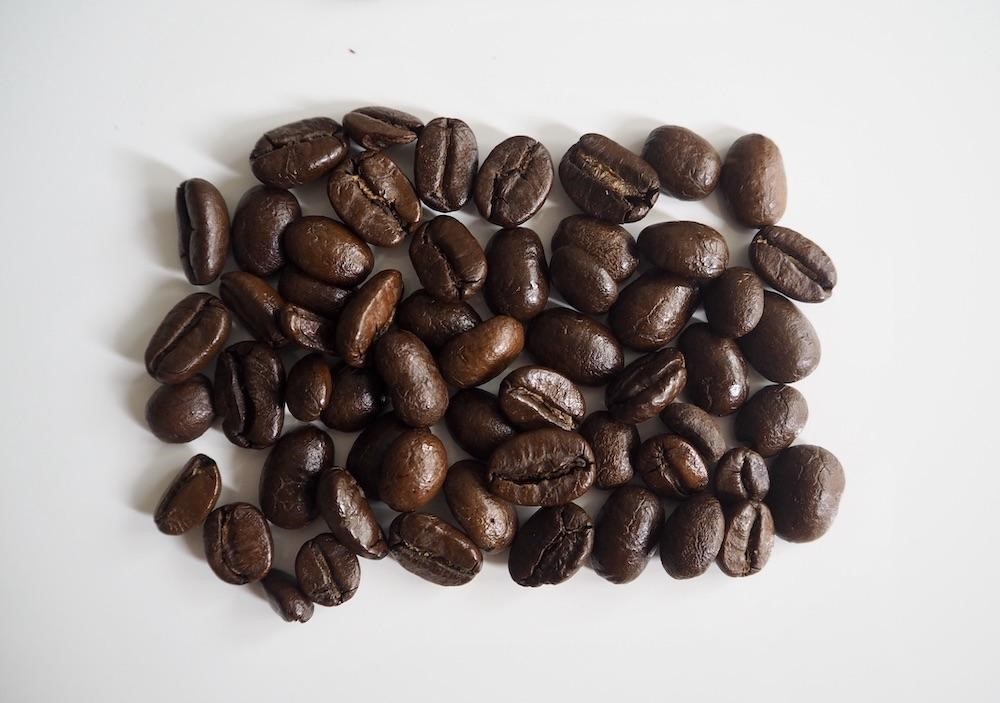
Common Names: Vienna Roast, North American Continental, Full City, Light French Roast, Light Italian Roast
Beans are roasted to a medium-dark color when their internal temperature reaches between 225℃ and 230℃. This typically happens during or after the second crack. At these high temperatures, oil begins to appear on the surface of the beans.
Such roasts result in richer and fuller flavors with a more robust mouthfeel and reduced acidity. Examples of medium-dark roasted coffee blends include Vienna Roast and Full City Roast.
Types of Dark Roasts
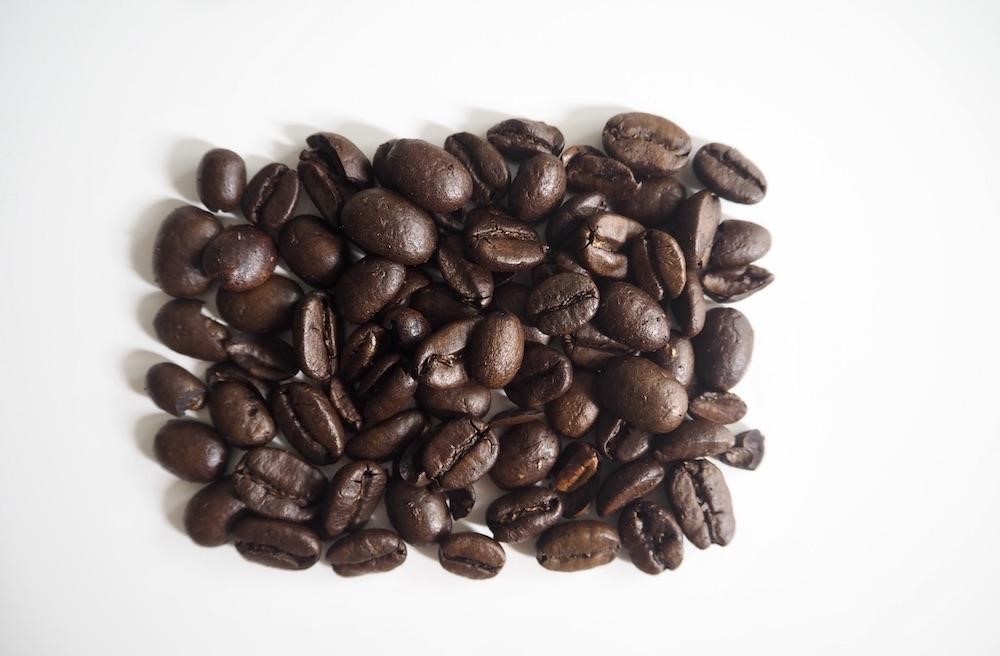
Common Names: Deep French, Espresso, Turkish, Italian, Bold
Deep roasts are typically roasted at temperatures ranging from 240°C to 250°C (464°F to 482°F), resulting in dark beans with visible oil on their surface. With this type of roast, it’s usually hard to distinguish any specific origin flavors.
Dark roasts have a sweeter profile due to the caramelization of sugars within the beans. The extended roasting time enhances their rich flavor and full-bodied texture, often giving them a buttery feel. Among all types of coffee roasts, deep roasts have the lowest acidity levels. They also contain the least caffeine because they undergo the longest roasting process. French roast is known as one of the darkest roasts and has a pronounced smoky flavor. If roasted beyond French roast levels (above 482°F), the oils and sugars in the beans will start to burn. Dark roasts frequently bear European names like Italian roast because deep roasting is particularly popular in Europe.
What does the roasting process do?
Coffee beans are actually seeds found inside coffee cherries. Before being roasted, these beans are green and nearly odorless except for some earthy and grassy scents. The roasting process transforms these raw beans into the flavorful coffee that you enjoy drinking.
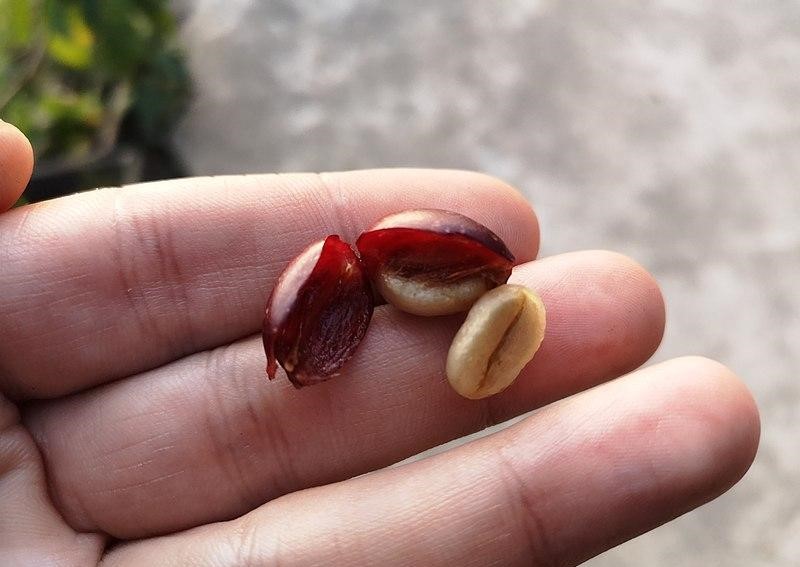
The Inside of Coffee Cherries
Roasting coffee beans darkens their color and gives them chocolate and caramel flavors. At higher temperatures, oil appears on the surface of the beans. At 205°C (Celsius), the beans crack for the first time and begin to expand. Around 225°C, they crack for the second time. Quality coffee beans are never roasted above 250°C. Beyond this temperature, they start to thin out and develop a burnt taste. You wouldn’t want to drink charcoal, would you!
Roast names and descriptions aren’t standard in the coffee industry; roasting is both an art and a science. These changes can make selecting the right beans a bit tricky. However, you should be able to judge the roast level by looking at the color and tasting the flavor of the beans.
